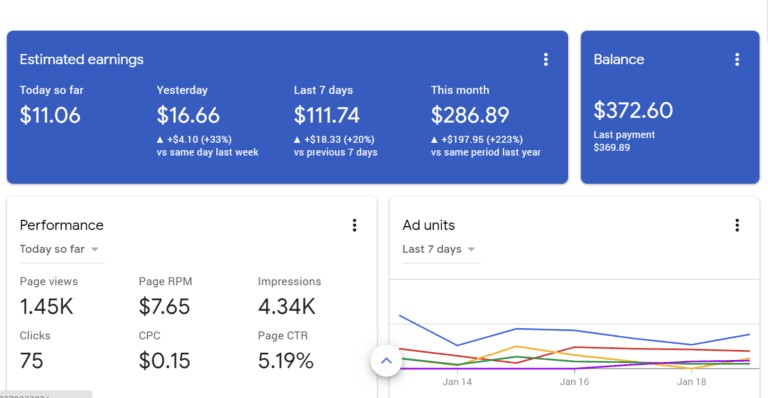Google claimed that this change could lead to an “increase in your AMP revenue.” Google added that this change would apply to all websites with auto ads AMP-enabled within the AdSense account.
Automated ads with AMP automatically display AdSense Auto ads on your AMP pages. Once you've added your AMP automatic script and the ad code, Google will show adverts on the AMP pages. It will be shown at time frames when they'll perform well and offer a satisfactory user experience. Lately Google is focusing on user experience. The recent upgradation of Google Ads Editor 2.0 to support max performance campaigns is a great example of that.
How to Set Up AMP Sites With Auto Ads?
Sign in to your AdSense account.
Click Ads –> Overview.
Click on Got an AMP site?
On the “Auto ads for AMP” page, turn off auto ads to AMP.
(Optional) “In the Ad formats” section, you can switch off any ad formats you would prefer not to display on your AMP website. Find out more about how to set up your ad format.
Click Get AMP code.
Paste the code in between the <head></head> tags of your webpage.
The script loads the needed amp-auto-ads library. Find out more about the amp-auto-ads component.
Cut and paste in your AMP Auto ad code immediately after the opening <body> tag of the page where you want to show the ads.
Click Done.
Click Apply. It could take up to an hour for advertisements to show on the webpage.
Your Ads page has changed to say, “AMP is on. “
Google stated that there is no action you need to take to make this change take effect on your websites.
You can follow detailed forum discussion on Twitter.
























































